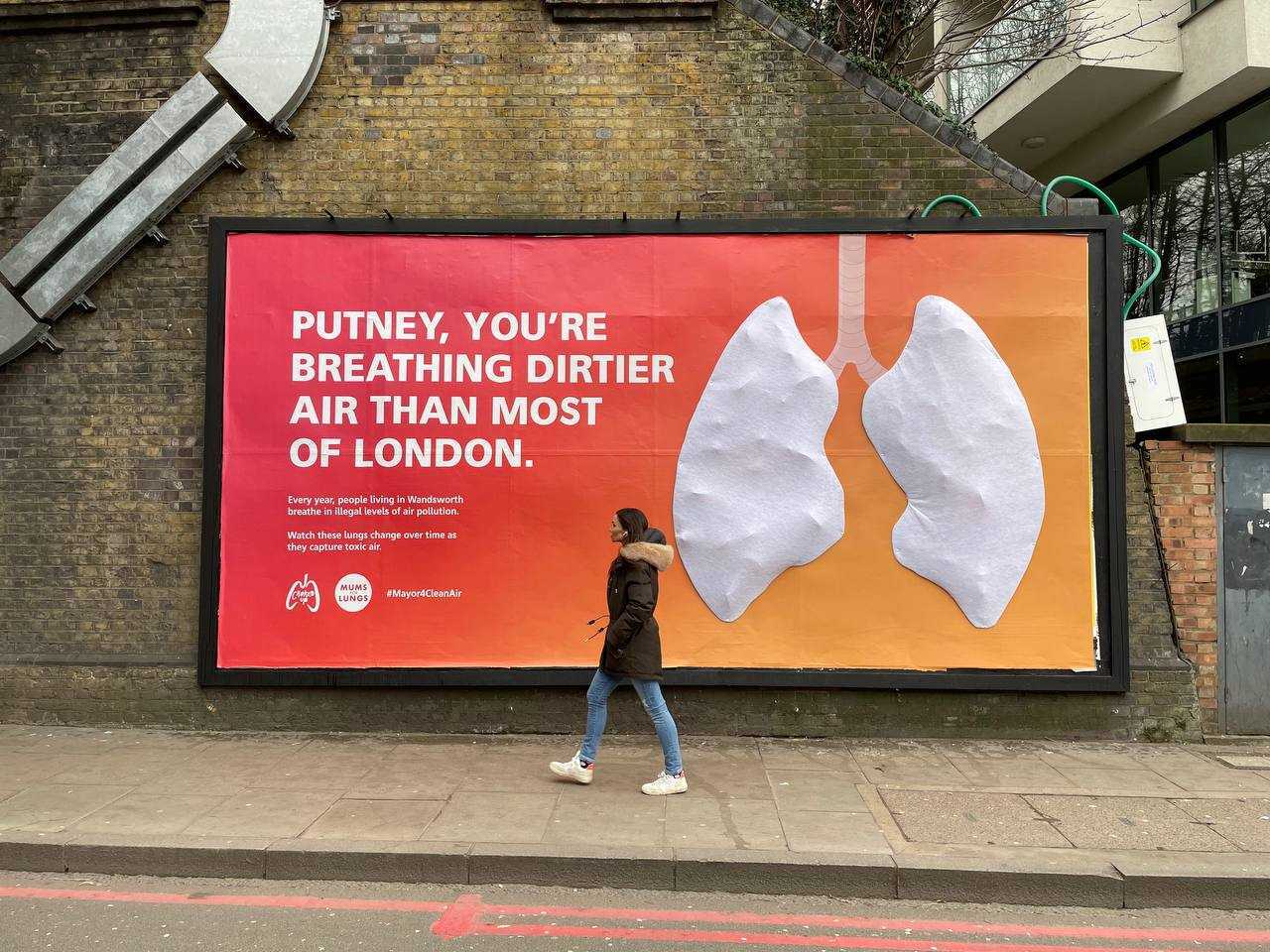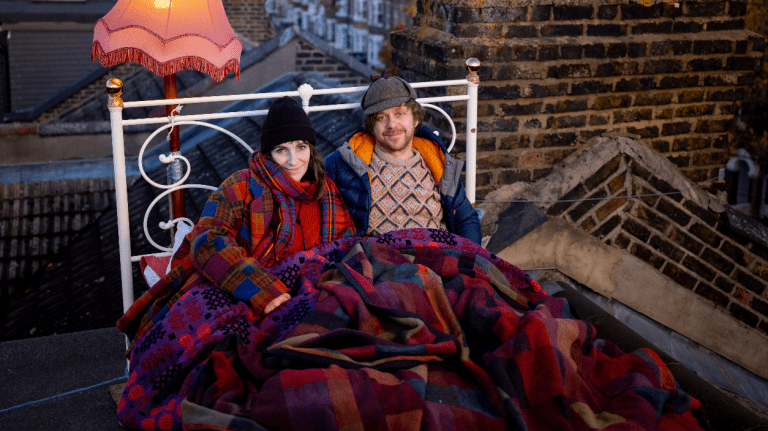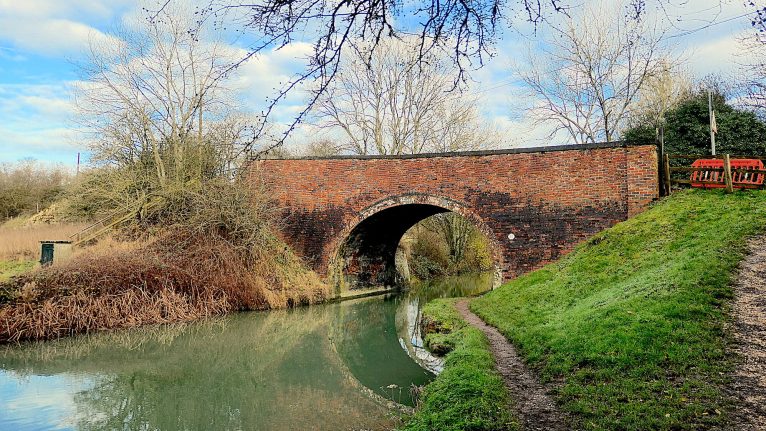In some areas of the capital, as many as one in five primary schools are by major roads, where children breathe nitrogen oxide pollution levels that are on average a quarter higher than the average primary school.
In December, Ella Kissi-Debrah, from Lewisham in south London, was the first person in the UK to have air pollution listed as a cause of death after a coroner ruled that Ella was consistently exposed to dangerous levels of nitrogen dioxide and particulate matter. She was nine years old when she died of acute respiratory failure in 2013.
The new statistics have led to calls from a coalition of environmental groups ahead of the mayoral elections in London for all candidates to commit to safeguarding the expansion of London’s Ultra Low Emission Zone (ULEZ) and to transform the routes.
“Expanding the Ultra Low Emission Zone is fundamental to cleaning up vehicles on busy roads like the Red Routes and helping to solve our air pollution crisis in the shortest possible time,” said Lord.”We must build on this progress by expanding the ULEZ to include more people’s homes, local high streets and schools.”
The ULEZ is an area within central London where most vehicles, including cars and vans, need to meet emissions standards or their drivers must pay a daily charge to drive within the zone.
Advertising helps fund Big Issue’s mission to end poverty
Major roads are responsible for huge health impacts in London, with people near these Red Routes breathing levels of nitrogen dioxide that are 57 per cent higher and fine particulate matter (PM2.5) that are 35 per cent higher than an average road in London.
The Red Routes network accounts for around 5 per cent of London’s roads but carries up to a third of London’s traffic on an average day.
The coalition, led by groups including Mums for Lungs and Choked Up, have launched a major poster installation in the shape of a pair of giant, artificial lungs in one badly hit part of the capital. The design, located on Upper Richmond Road – a Red Route – will change colour from white to grey as air pollution increases, reflecting the impact on respiratory health.
David Nicholson of Mums for Lungs said: “As a dad, being next to the exhaust of a diesel vehicle feels like a stranger you’ve never met before forcing your family to smoke a packet of cigarettes.
“I think it’s time to stop burning fossils, dump the pistons and stinky exhausts and embrace the future by switching to clean electric cars or bikes. Everyone needs clean air to breathe, including me and my family.”
Nyeleti Brauer-Maxaeia, co-founder of Choked Up, added: “We took action so that lawmakers, decision makers and politicians finally take this climate and air quality crisis seriously, for everyone’s sake. The next Mayor of London needs to expand the ULEZ and rethink TFL’s Red Routes so make sure everyone in the city can breathe clean air.”
Advertising helps fund Big Issue’s mission to end poverty
The calls come as Mayor of London Sadiq Khan unveiled a new study showing the effectiveness of closing roads around schools on reducing nitrogen dioxide levels.
Research published on Tuesday shows the School Streets programme reduced nitrogen dioxide by up to 23 per cent during morning drop-off, with an overwhelming majority of parents in favour of the move.
The Big Issue also understands Mr Khan would safeguard the ULEZ expansion. He said: “I am doing everything in my power to stop Londoners breathing air so filthy that it damages children’s lungs and causes thousands of premature deaths every year.
“It’s great to see the huge reduction in nitrogen dioxide during pick up and drop off on schools streets – a time where countless children and adults would otherwise be exposed to dangerous emissions.
“Too many lives are already lost each year as a result of our city’s toxic air and the results of our monitoring study show just how much of a difference reducing car journeys through School Streets makes.”
Advertising helps fund Big Issue’s mission to end poverty
The move follows calls from the London Assembly last month for the Mayor to confirm when he expects to bring all schools within the legal nitrogen dioxide limit, pushing for a review of the impact of London’s Red Route network on air pollution at schools by December 2021.
A Defra spokesperson said: “Air pollution has reduced significantly since 2010 with emissions of fine particulate matter falling by 11 per cent and emissions of nitrogen oxides are at their lowest level since records began. However, we know there is more to do.
“Through our landmark Environment Bill we have committed to setting at least two legally-binding air quality targets, including a new concentration target on PM2.5 – the most damaging pollutant to human health. As part of this, we will consider the World Health Organization’s guidelines for PM2.5.”









